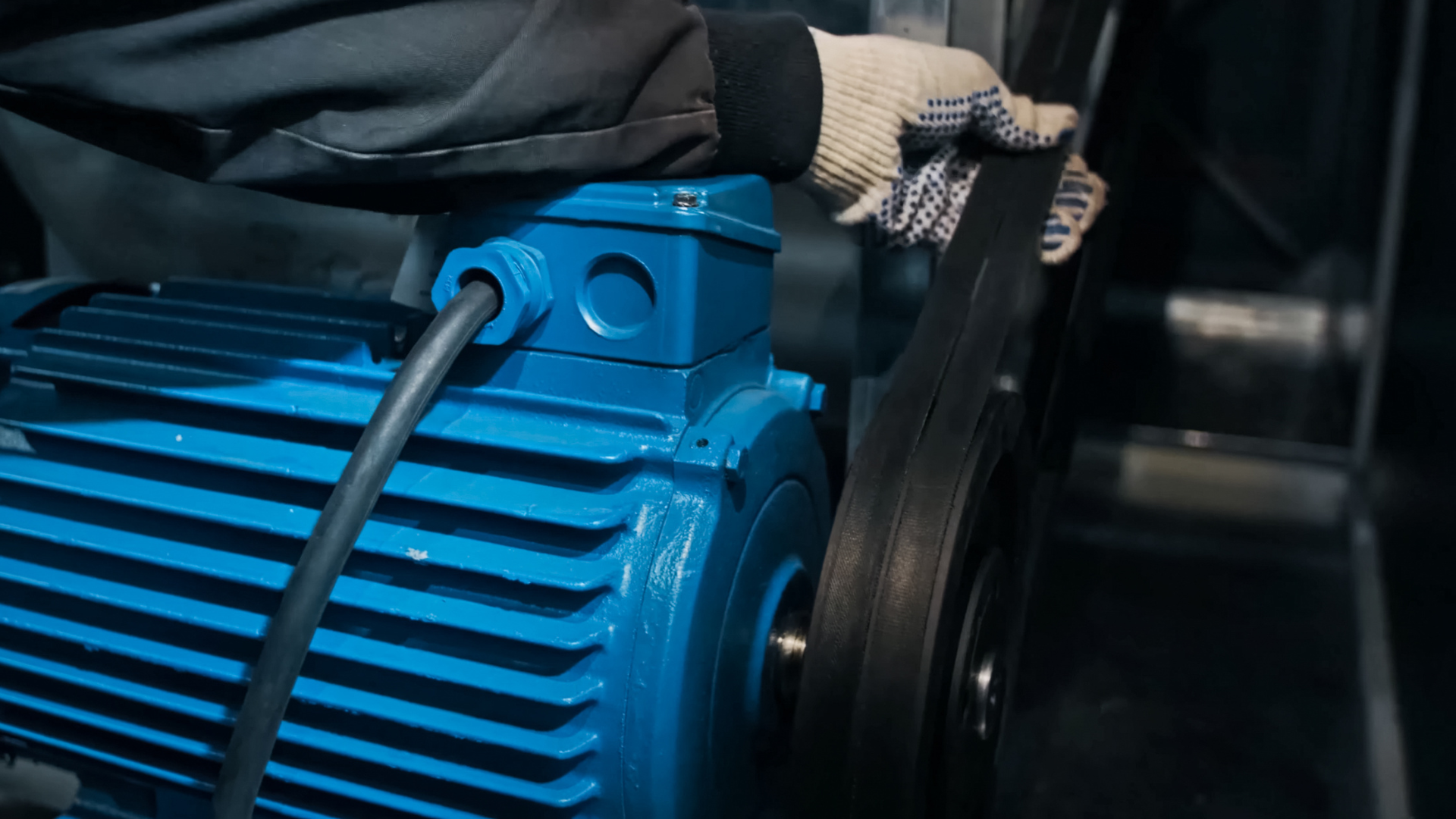-Aug-06-2023-08-46-05-1613-PM.png?width=300&name=ACD%20Image%20(1)-Aug-06-2023-08-46-05-1613-PM.png) In the majority of plant environments, industrial motors are the heartbeat of the workspace. Motors drive production. Without a fully-functional motor, basic industrial tasks would be compromised and unable to proceed. Therefore, motor failure can prove extremely costly and disruptive to your business, resulting in unplanned work stoppages and burgeoning maintenance costs. However, by utilizing various motor testing techniques - both during periods of regular, routine maintenance and at signs of impending trouble - motor issues can be easily predicted, prevented, and therefore resolved with little-to-no service disruption. Below we’ll walk you through a handful of the many motor testing methods available that you can use to mitigate your business’ downtime.
In the majority of plant environments, industrial motors are the heartbeat of the workspace. Motors drive production. Without a fully-functional motor, basic industrial tasks would be compromised and unable to proceed. Therefore, motor failure can prove extremely costly and disruptive to your business, resulting in unplanned work stoppages and burgeoning maintenance costs. However, by utilizing various motor testing techniques - both during periods of regular, routine maintenance and at signs of impending trouble - motor issues can be easily predicted, prevented, and therefore resolved with little-to-no service disruption. Below we’ll walk you through a handful of the many motor testing methods available that you can use to mitigate your business’ downtime.
The Hipot Test for Dielectric Strength
High potential (hipot) testing, also known as dielectric strength testing, is commonly performed to test for weakness and potential weakness within cable or wire insulation. Typically, a hipot test should be performed after conducting an initial visual inspection as well as some insulation resistance tests. The hipot test involves applying current between electrical circuits and the frame using either AC or DC voltage. The standard test is conducted by continuously applying 1000 volts, 50-60 Hz, plus two times the specific machine voltage rating for 60 seconds. Experts say that hipot testing should only be conducted once at full strength and then subsequently at 85% strength on additional tests. This negates the possibility of overstressing the insulation under assessment. However, if your insulation has been reconditioned, the test should be run at 60% of normal test voltage to avoid overloading the insulation.
The Surge Test
The surge test can be a critical method to help diagnose and detect motor burnout. Additionally, it can be used as a predictor of future motor failure. By utilizing a Baker or Electrom-type testing machine, technicians can identify if a motor shows the telltale signs of shorted motor conductor turns and/or failing conductor insulation, which are often the first indications of electrical breakdown. Heavy use, manufacturing or rewinding errors, and chemical deposits can all wear away insulation or a motor’s windings. By applying a voltage pulse (surge) to each set of motor windings in order to isolate individual performance, technicians can readily assess and mitigate issues before they become serious.
The Megger Test
The megohmmeter (“Megger”) insulation resistance tester tests the overall insulation performance of various tools, motors, appliances, on-the-reel cable, capacitors, and essentially any kind of electrical equipment or high-performance wiring. By applying a high voltage to a system for a predetermined period of time and measuring the leakage current through the insulation, the Megger test can indicate wear and damage patterns, allowing technicians and operators to address maintenance needs before an issue becomes truly dire and serious damage can occur. Because of the complex nature of the equipment and high voltage involved, the Megger test must be conducted with extreme caution and care to prevent personal and equipment damage.
The Voltage Drop Test
Perhaps the easiest test to conduct, while also being potentially being most valuable, the voltage drop test allows for simple evaluation of the quality and efficiency of a motor’s circuit operation. Using a digital voltmeter (DVM) and basic load, the DVM can measure the live connection for a potential voltage drop in the circuit under load. Due to the fact that electric current will arc in the path of least resistance, any excess current will naturally flow to the DVM, thus creating a reading. A voltage drop is often an indicator that cleaning, maintenance, and routine repairs are necessary.

